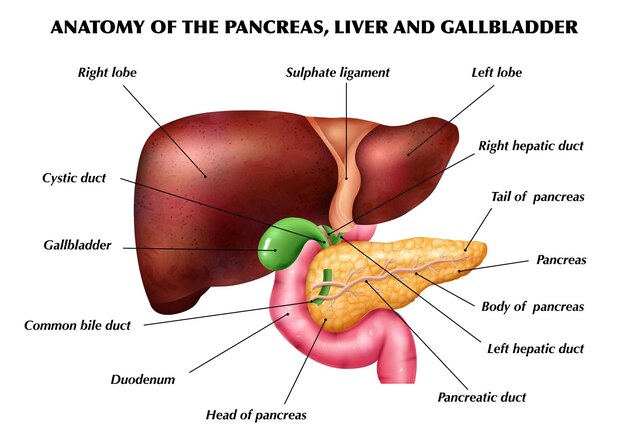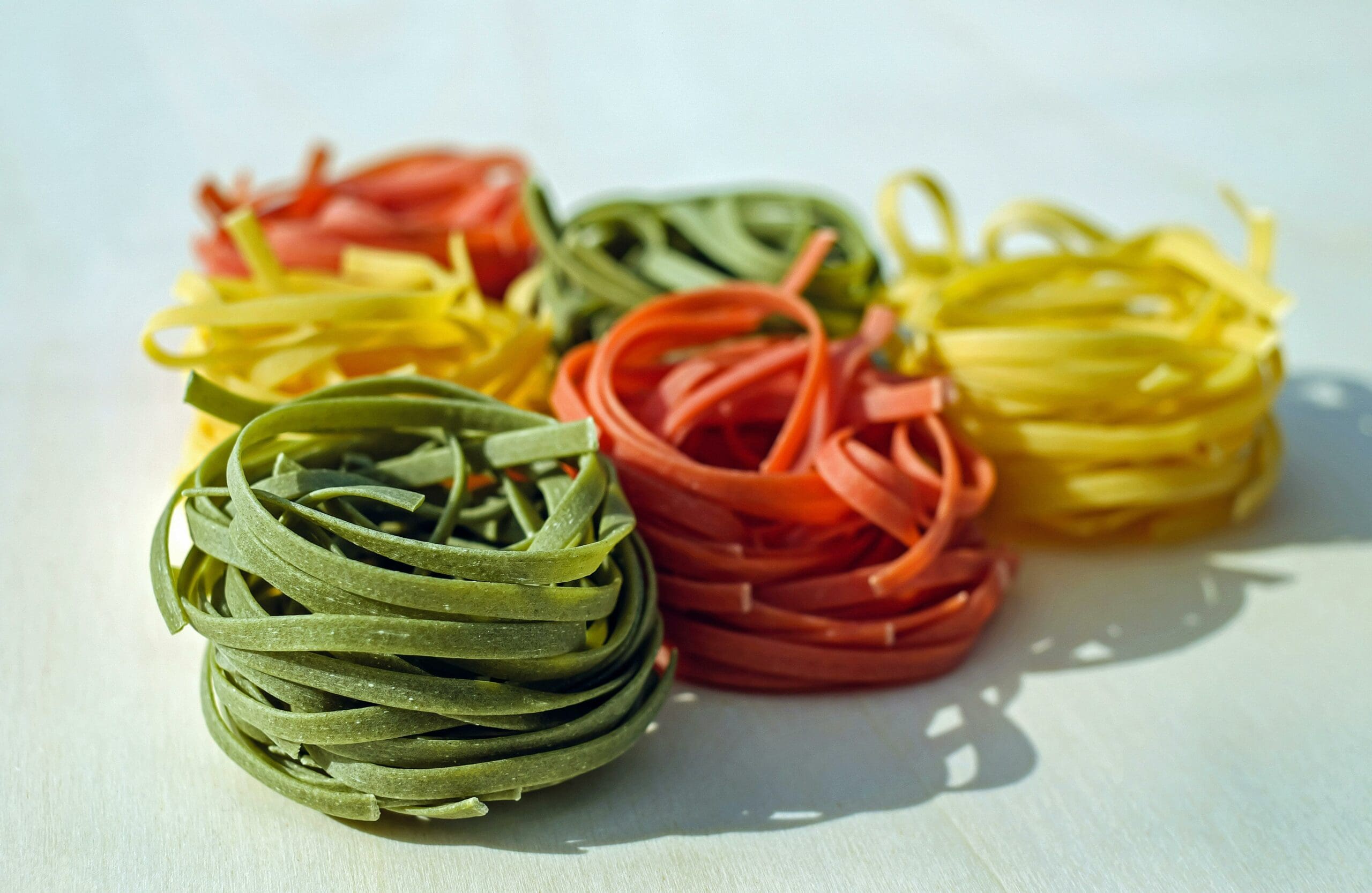
Liver Facts for Kids – 5 Luxurious Facts About Liver
Table of Contents
Do you know how many jobs can liver do?! Let’s learn five luxurious liver facts for kids.
Liver Facts for Kids Fact Number 1: The Largest Solid Organ in The Human Body
The largest solid internal organ is your liver. The liver weighs approximately 1.50 kilograms or 3-3.5 pounds. This means the liver is roughly about eight times as heavy as a Hamster. The liver is about the same size as a rugby ball and it is located mainly in the upper right area of your abdomen, beneath your ribcage and lungs. We say that it is the largest solid organ inside the human body and not the largest organ, as the skin takes this title. The liver is a vital organ, meaning you cannot live without it.

Liver Facts for Kids Fact Number 2: The Liver Performs 100’s of Functions
The liver can perform over 500 functions. It carries out 100’s of these functions simultaneously. Some of the functions that the liver performs include; fighting infection, controlling levels of fats and glucose in the blood, breaks down food and turns it into energy, regulates many hormones and it stores iron and other vitamins.
Liver Facts for Kids Fact Number 3: Largest Gland in The Body
The liver is the largest gland in the human body. A gland is an organ which produces and releases substances that perform a certain function in the body. The liver gland produces bile. Bile is an important digestive fluid that is released by the liver and stored in the gallbladder.
Bile helps turn fats into energy that your body can use. The liver can break down the carbohydrates you eat, such as bread and potatoes, and turn them into glucose. The liver then stores this glucose inside as glycogen. When your body needs energy your liver converts the glycogen back into glucose and releases it into the bloodstream.

Liver Facts for Kids Fact Number 4: The Liver Cleans Your Blood
The liver holds about 13% of the body’s blood supply, which is roughly one pint of blood. The liver has dual blood supplies through the portal vein and the hepatic artery. This means that the liver receives a blood supply from two sources. The hepatic artery delivers oxygenated blood from the general circulation of the body.
The portal vein delivers deoxygenated blood from the small intestine which contains many nutrients. When you eat food all the nutrients and vitamins from the food pass from the intestine into the blood. The liver processes the good nutrients and vitamins into forms that the body can use and releases this clean blood back into the bloodstream.
Waste is separated from the healthy blood by the liver and is brought back into the intestine to be exerted out of the body. By keeping the good stuff and removing the harmful stuff, the liver cleans the blood.
Liver Facts for Kids Fact Number 5: The Liver Can Regenerate Itself
Our liver is very resilient and can regenerate itself. For this reason liver transplant is made possible. A liver transplant is a life saving procedure which removes a part of the liver that doesn’t work properly and replaces it with part of a healthy liver. When a person donates half of their liver for someone else, the remaining part of their liver can regenerate the part that was removed, growing back to its normal size.

We hope you enjoyed learning more things about liver much as we loved teaching you about them. Now that you know how majestic this system in human body is, you can move on to learn more about our human body like: Digestive System, Urinary System, Endocrine System and cardiovascular system.
Why not subscribe to our LearningMole Library for as little as £1.99 per month to access over 2800 fun educational videos.


Leave a Reply